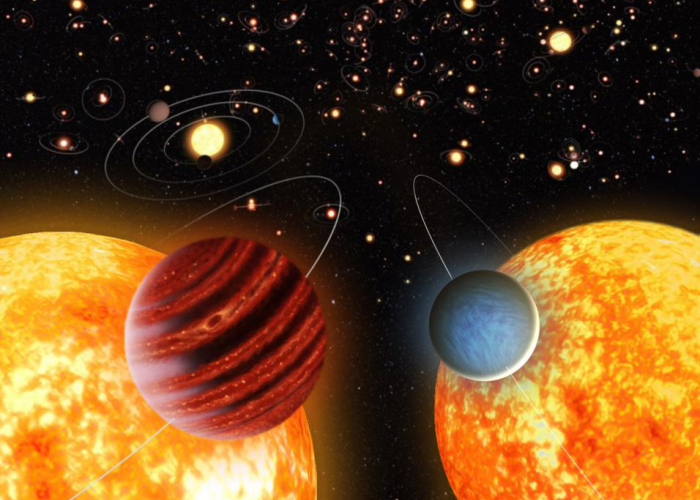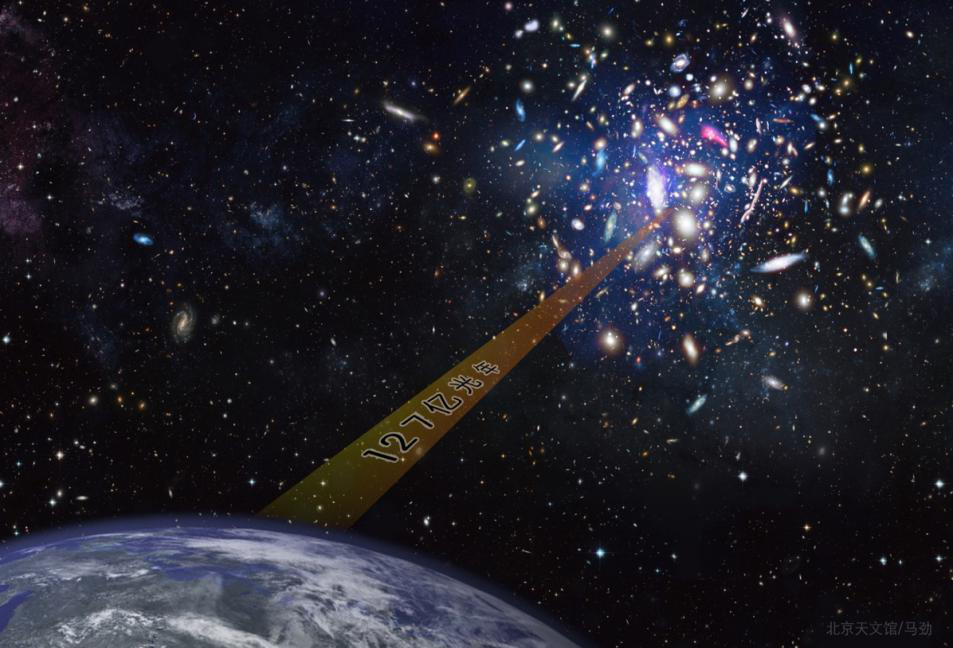The Chinese Astronomical Society National Astronomical Observatory of China announced that the discovery of Hoptunes, a new population of exoplanets, by Prof. Subo Dong and the discovery of the largerst protocluster of galaxies by Prof. Linhua Jiang were among Top 10 Achievements in Astronomical Science and Technology in 2018 in China (2018年度十大天文科技进展), in the category of fundamental research. Using China’s LAMOST telescope, Dong’s team discovered a new population of short-period exoplanets dubbed “Hoptunes”, which are like hot Jupiters' smaller cousins, and these two populations share key preferences over metal-rich hosts and single-planet solar systems. Jiang’s group discovered a giant protocluster of galaxies at redshift 5.7, when the Universe was only 7% of its current age.
These awards were selected by experts across all astronomy units in China. The goal of this award is to promote the progress of astronomy in China, to honor the outstanding researchers and engineers working in astronomy, and to increase the broad impact of astronomy on society. In the past few years, PKU astronomers have won the award for the identification of a double supermassive black hole by Prof. Fukun Liu in 2014, the discovery of the most massive black hole in the early universe by Prof. Xuebing Wu in 2015, discovery of the most luminous supernova led by Prof. Dong as well as a description of the eccentricity distributions of Kepler planets with LAMOST by Prof. Dong and collaborators in 2016.

Figure1: In this exoplanetary collage, the left side is an artist's depiction of a hot Jupiter exoplanet in a tight orbit around its host sun. The right side depicts a newly described population of exoplanets, dubbed Hoptunes. These worlds range in size from a bit smaller to a bit larger than Neptune. Like their bigger Jovian cousins, Hoptunes also encircle their stars in close, scorching orbits. The background displays some of the diversity of solar systems.(Credit: Composite image by Jin Ma at the Beijing Planetarium, using public domain and Creative Commons-licensed images with credits belonging to NASA/ESA/ESO; Danielle Futselaar and Franck Marchis, SETI Institute; NASA/JPL-Caltech; NASA's Goddard Space Flight Center; and NASA/SDO)

Figure 2: An artist’s conception of a giant protocluster of galaxies in the distant Universe.
Official announcement:http://159.226.88.6/top10/
PKUNews: http://news.pku.edu.cn/xwzh/8523f1081c5a4a4ba2ef4a3e2bc135a4.htm
Read more about the discovery by Dong’s team:
http://kiaa.pku.edu.cn/cn/news/2018/introducing-hoptunes-new-class-exoplanets-could-help-solve-mystery-worlds-scorching-orbits
Read more about the discovery by Jiang’s team:
http://kiaa.pku.edu.cn/cn/news/2018/discovery-largest-protocluster-galaxies-distant-universe